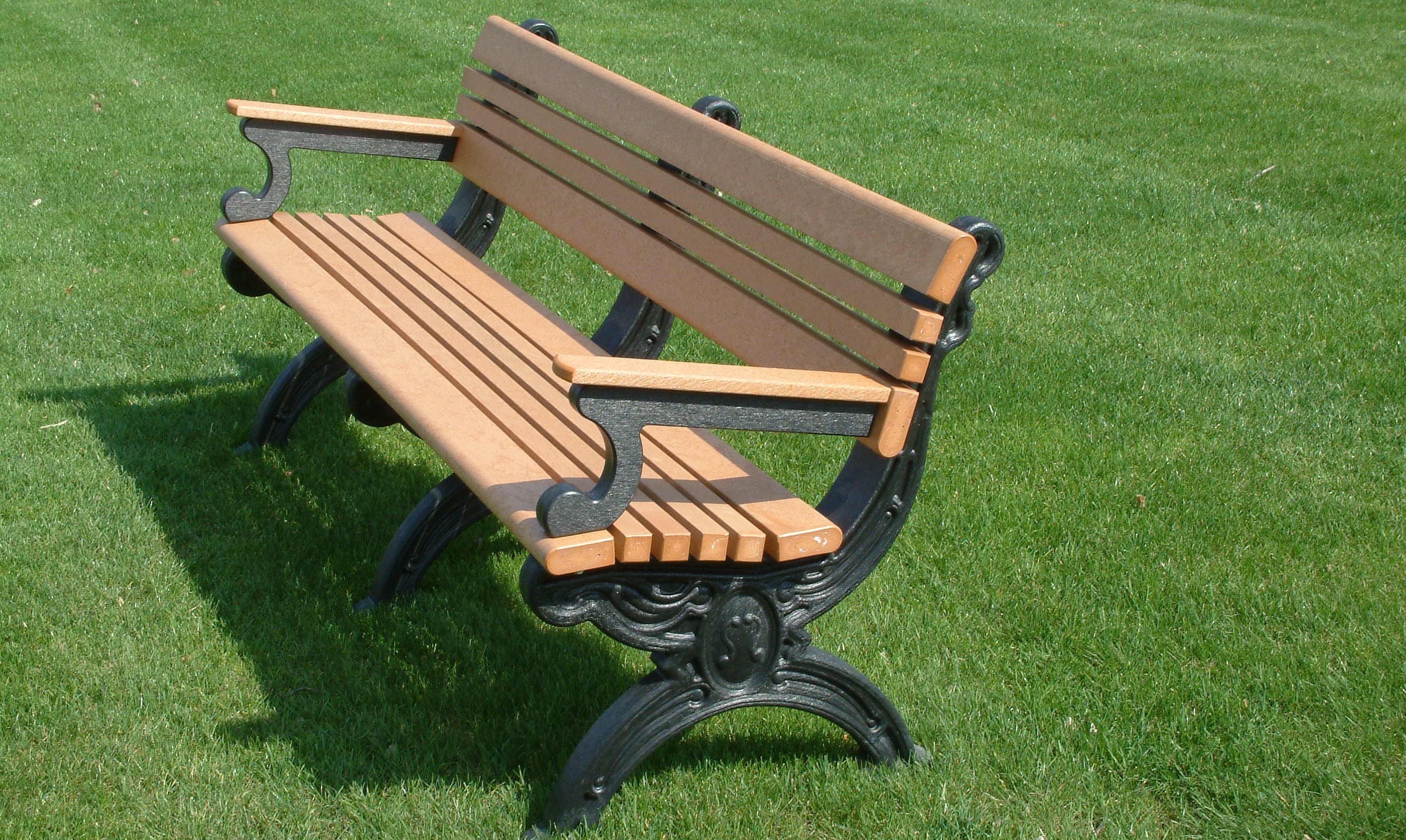
Many environmentally conscious consumers associate anything plastic with environmental ills. It is derived from petroleum, which sometimes requires unpopular extraction techniques and always requires chemical processes to produce the plastics. Plastic isn’t readily biodegradable and it persists in landfills or as trash for hundreds or even thousands of years.
These are just a couple of reasons consumers choose products made from renewable resources when they make purchases. Plastic picnic benches may also raise concerns among some people who think wood benches are better for the environment. However, not all plastics are created equal and wooden picnic benches might not be as sustainable as you think they are. Read on to learn why it is practical to use plastic to make picnic benches!
Choices in Outdoor Seating
Today’s recycled picnic benches and picnic tables come in many shapes, sizes and colors. While wooden products continue to be popular, recycled plastic picnic benches are gaining in popularity. Choosing a material depends greatly on where the benches will be used. Picnic benches placed in public locations are guaranteed to get more use and suffer more wear than those used in residential settings. Plastic picnic benches make a good choice in these situations. You will definitely want to consider where your seating will be placed before deciding on plastic vs. wood material.
Plastic Picnic Benches Versus Wooden Benches
Wood has long been touted as a good choice for eco-conscious purchases. It is a renewable resource. Many forests are sustainably managed and wood decomposes naturally over time. All of these things make wood a respectable option for outdoor seating if the wood has been harvested responsibly. However, this is not always possible when making a purchase.
Plastics manufacturing, on the other hand, has changed greatly in the last several decades. An increase in the amount of plastics being recycled combined with improved technology have made it possible to create new products out of used plastics. These are the same plastics that may have been relegated to a landfill in the not-so-distant past.
Recycled picnic benches fall in to this category. Made from post-consumer HDPE plastics like milk jugs, one plastic picnic bench diverts 1600 one-gallon milk jugs from the waste stream! Plastic picnic benches are high-quality products that are much more durable and lower maintenance than wooden benches. Wood can, and eventually will, rot, splinter, fade, warp and break. This doesn’t happen with recycled picnic benches. Fade-resistant colors and strong materials make plastic picnic benches long lasting and practical for long-term use. They clean up easily with soap and water. You can even use bleach on plastic picnic benches without fear of fading the color.
Save on Maintenance Costs With Recycled Picnic Benches
Recycled picnic benches are a smart choice for any consumer, but they are particularly cost-effective for large organizations, governmental bodies and institutions that use a lot of picnic benches. Parks and schools, in particular, spend a great deal of time and money buying and maintaining picnic benches. With a longer life expectancy than wooden benches, recycled picnic benches can save these organizations money over the long run in terms of reduced maintenance and replacement costs. Not only that, recycled plastic benches offer families, schools, parks and any interested organization an excellent opportunity to showcase a recycled product and use it for educational purposes.
Remember, by purchasing recycled products you are supplying the demand needed to keep the recycling loop in motion.
Image: http://https://www.wastewiseproductsinc.com













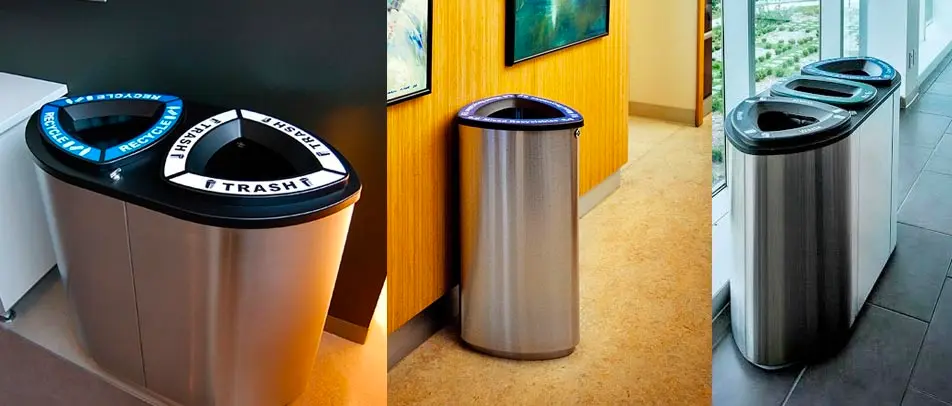
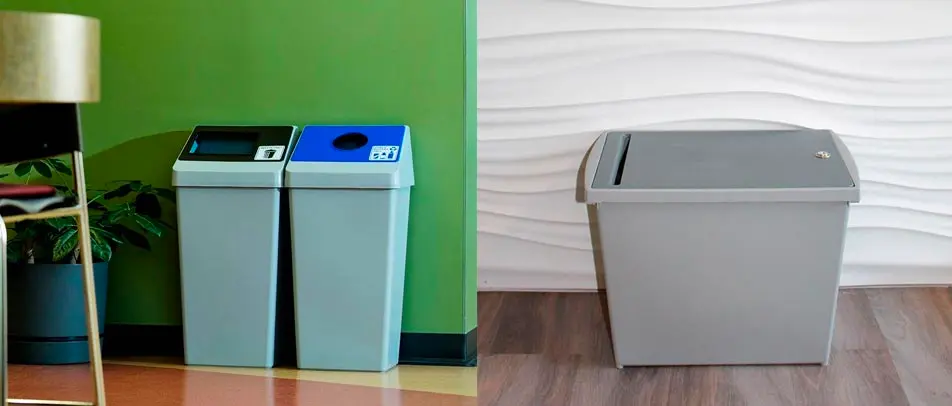


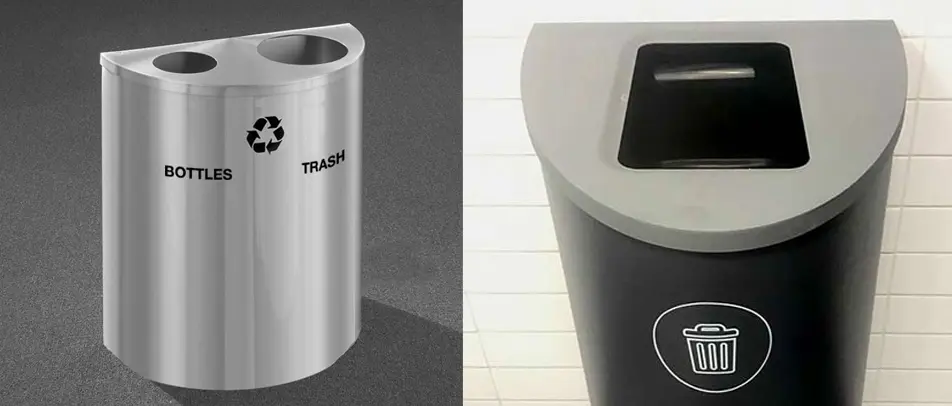


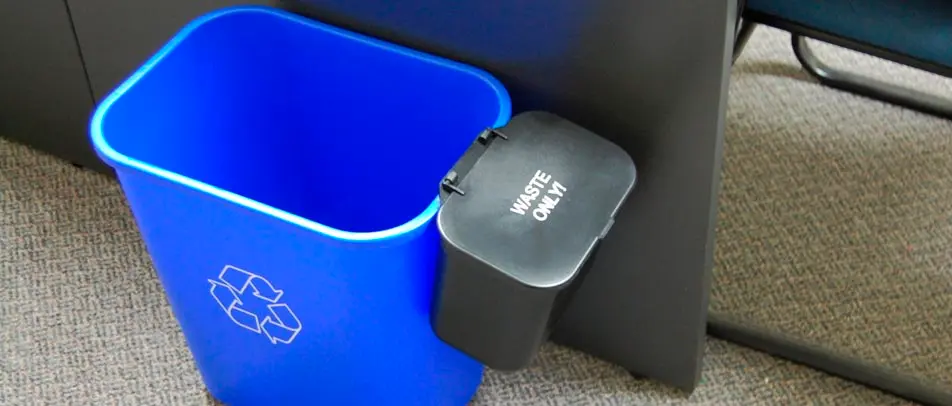
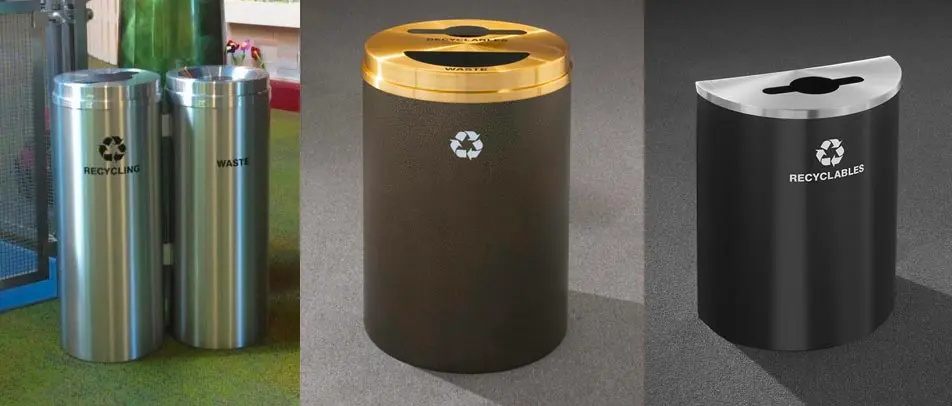
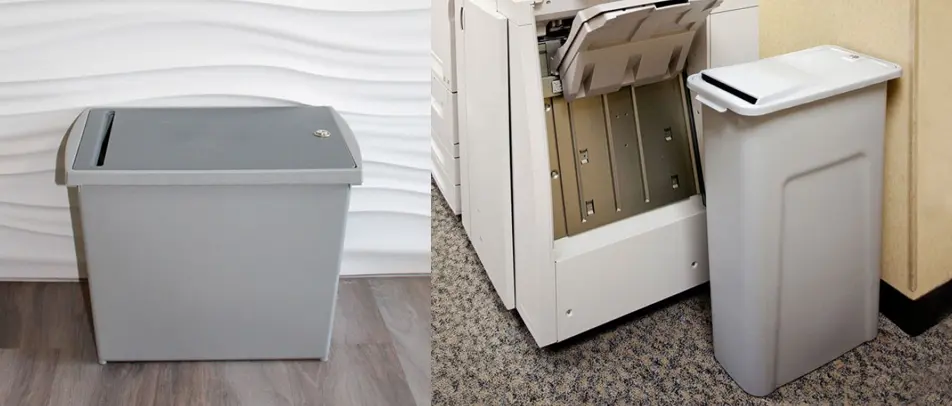

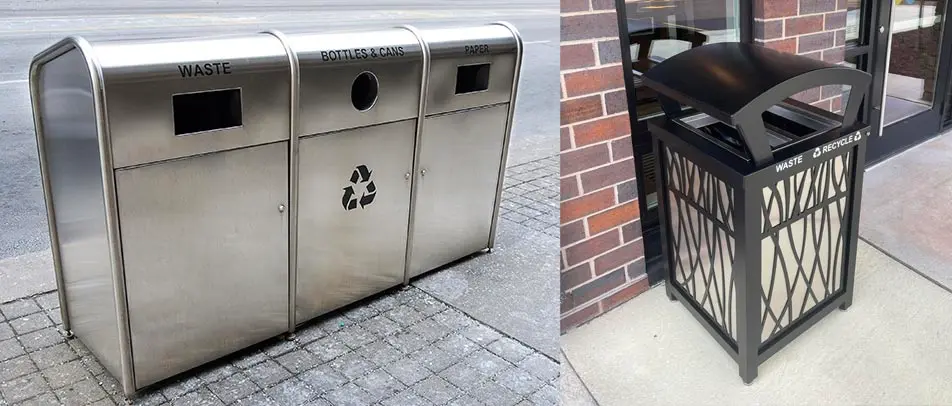



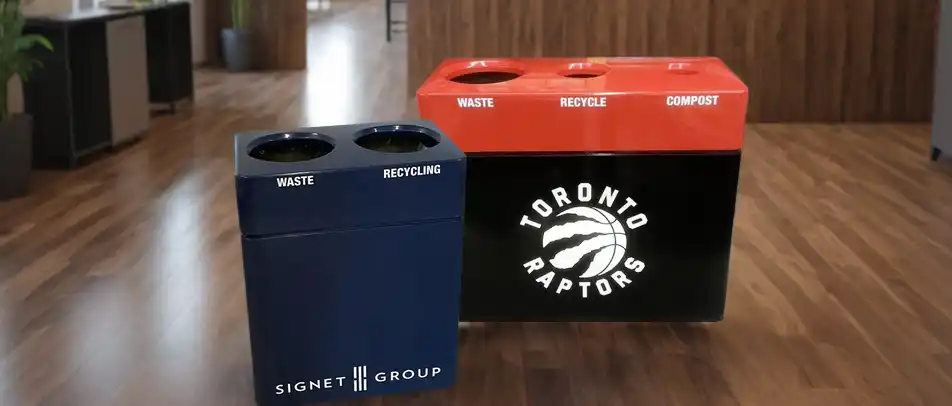



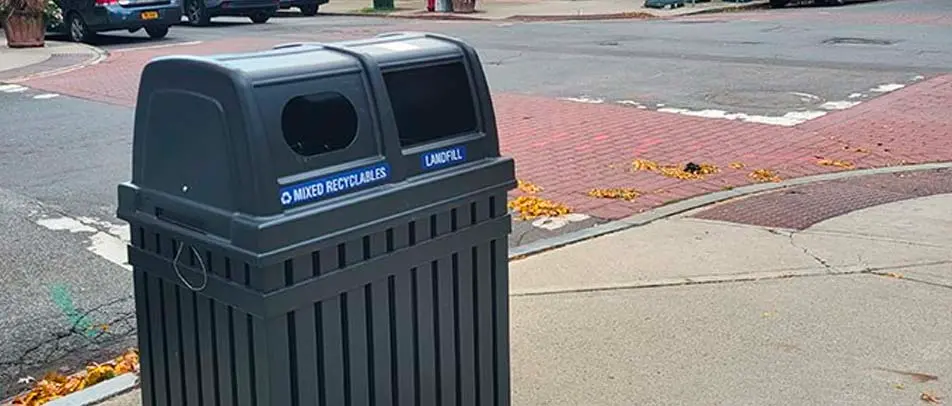

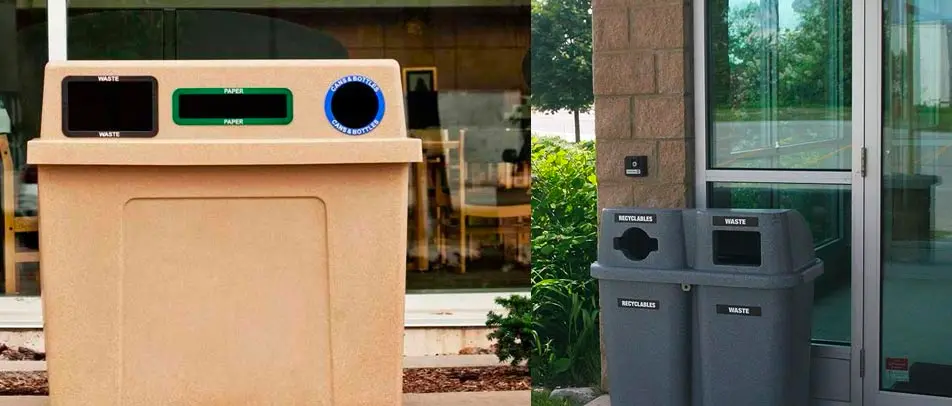
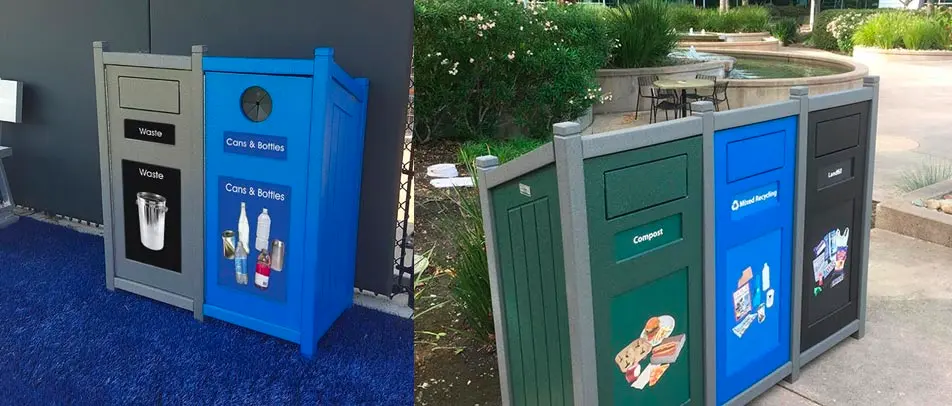
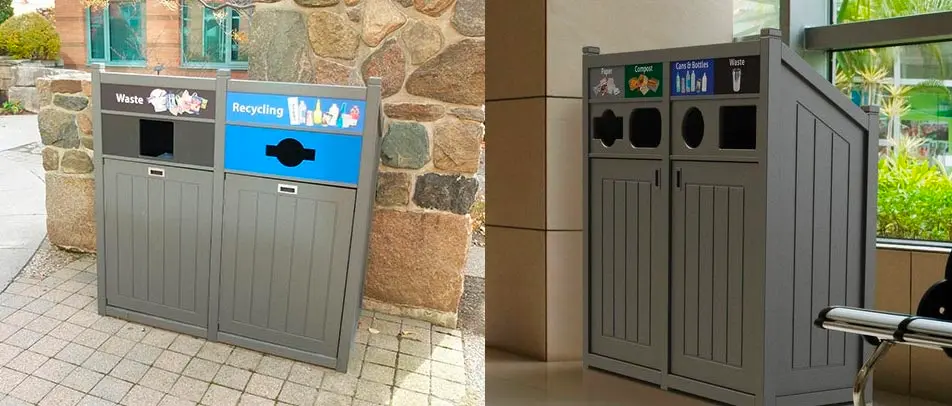

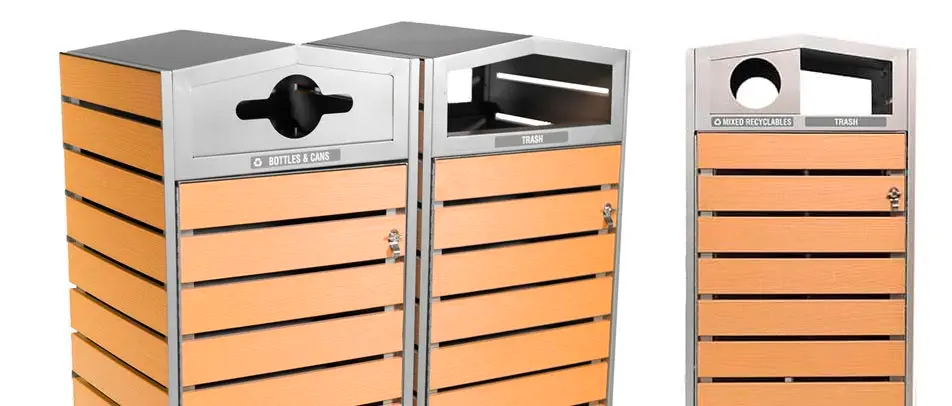

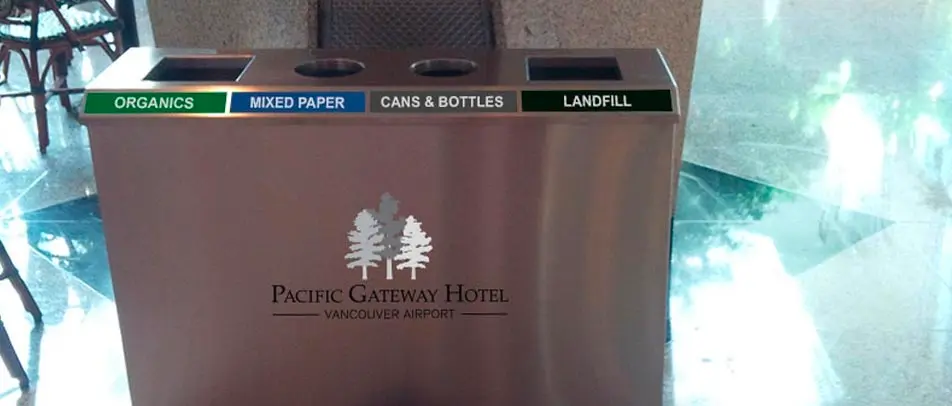

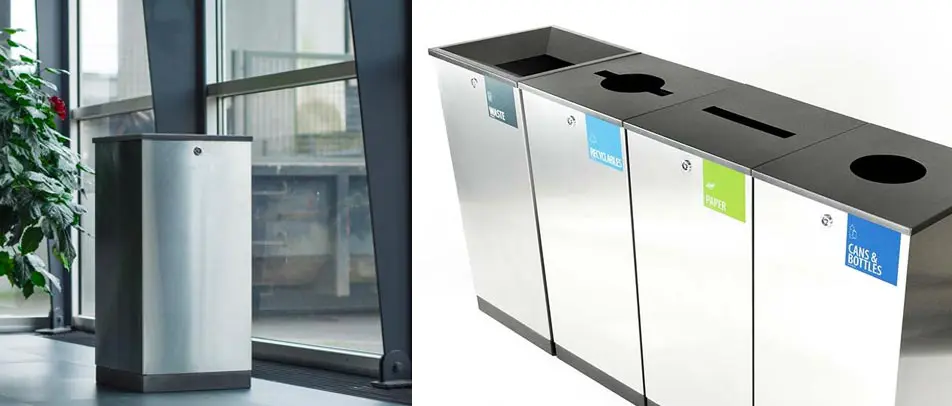
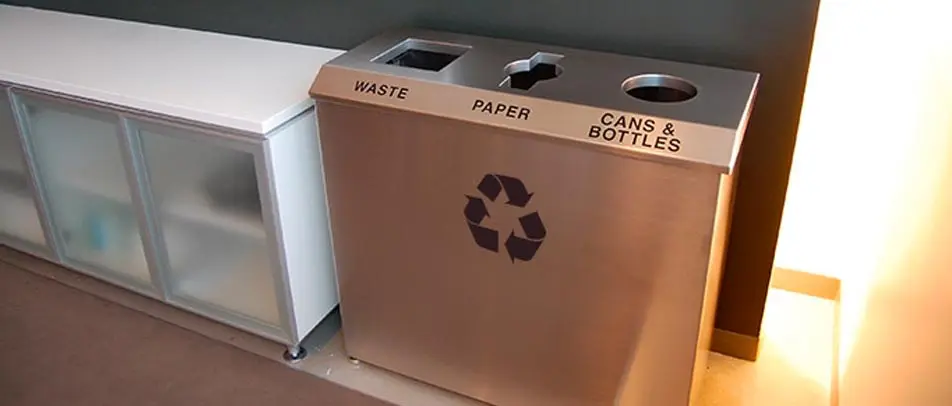
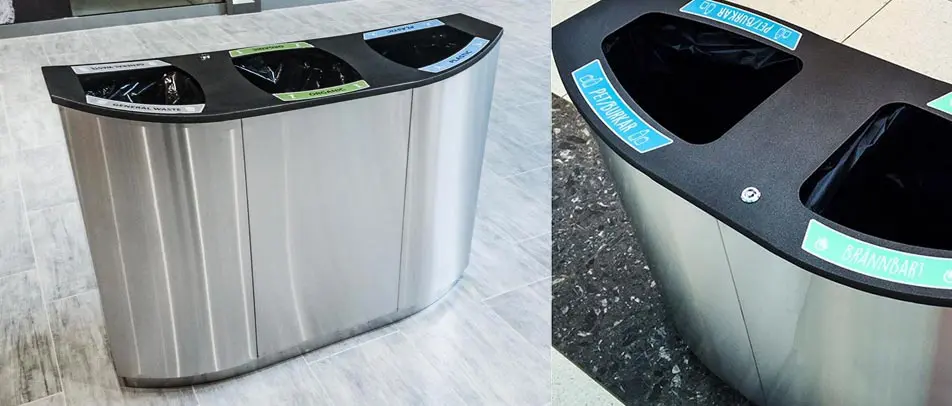

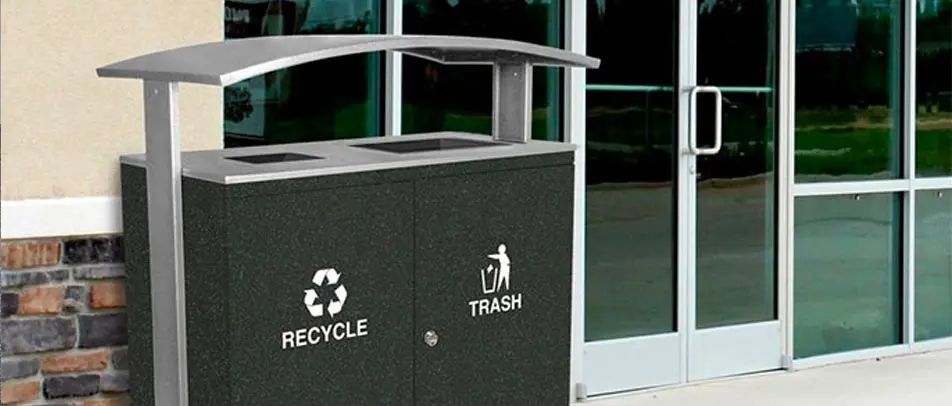

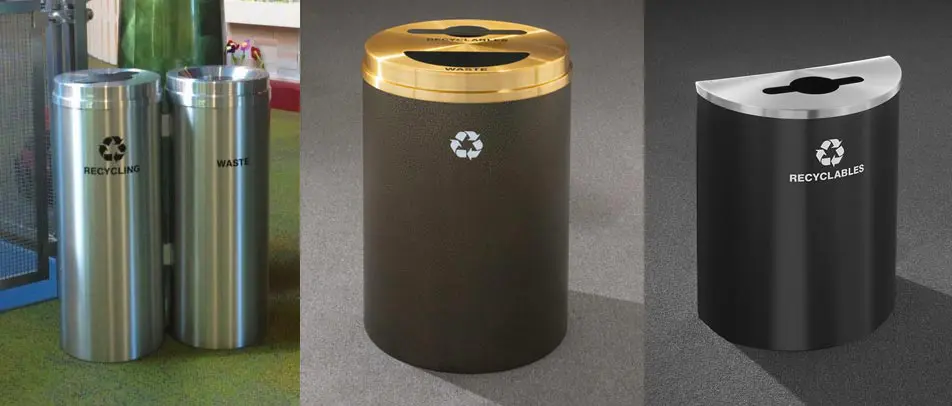

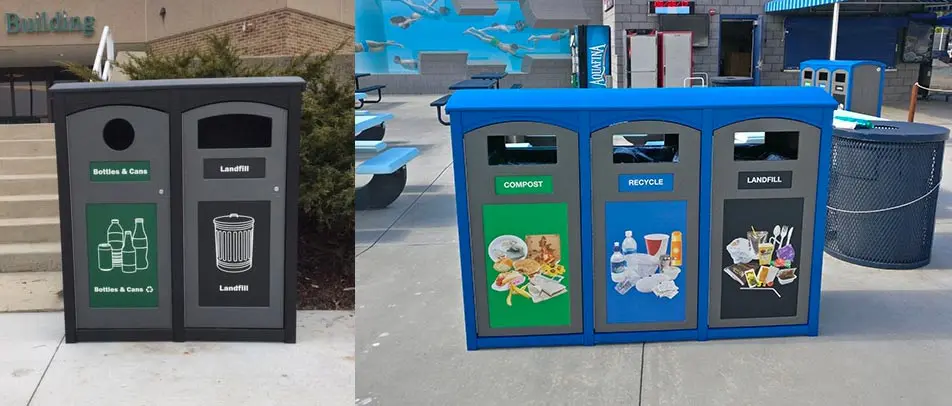
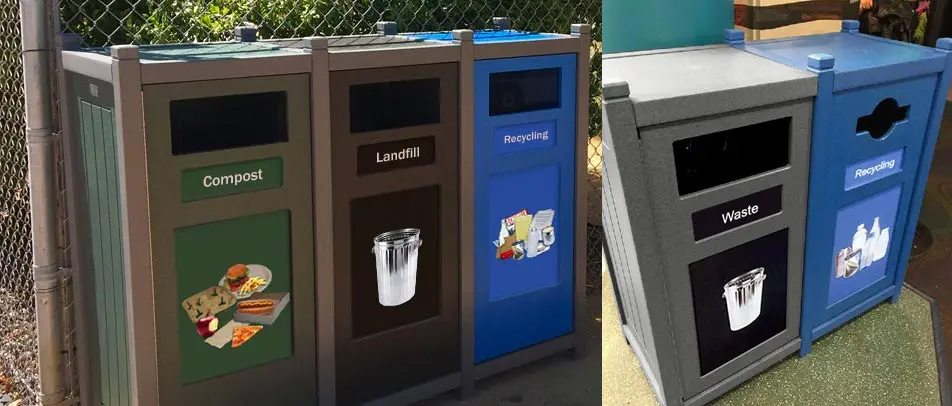
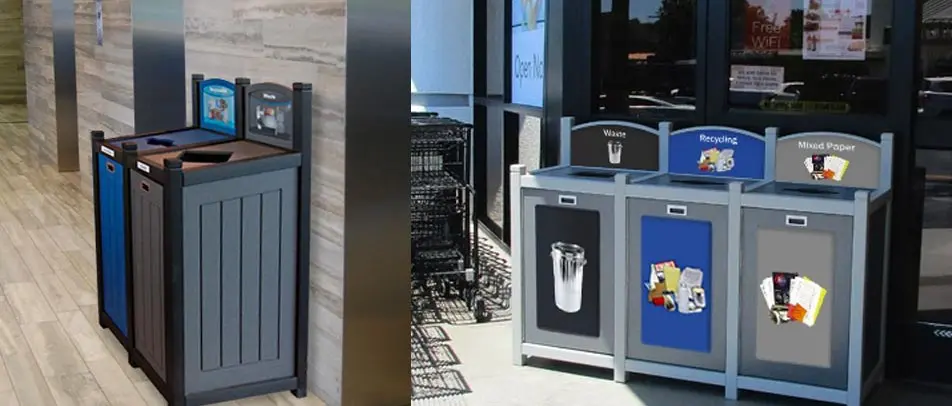


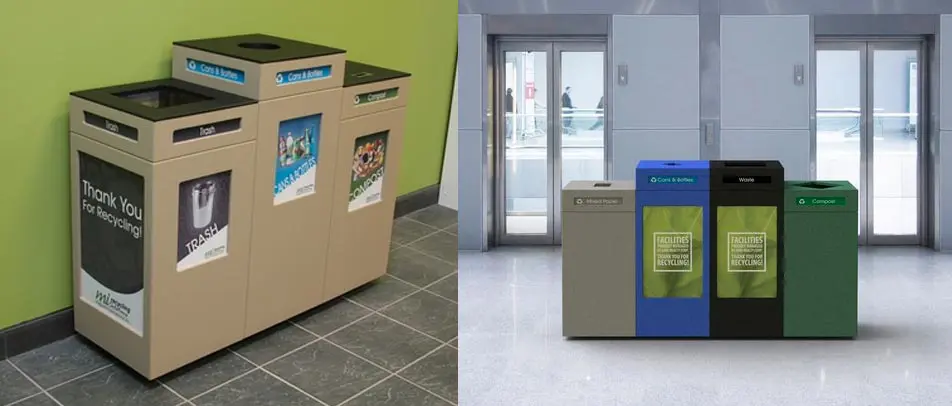
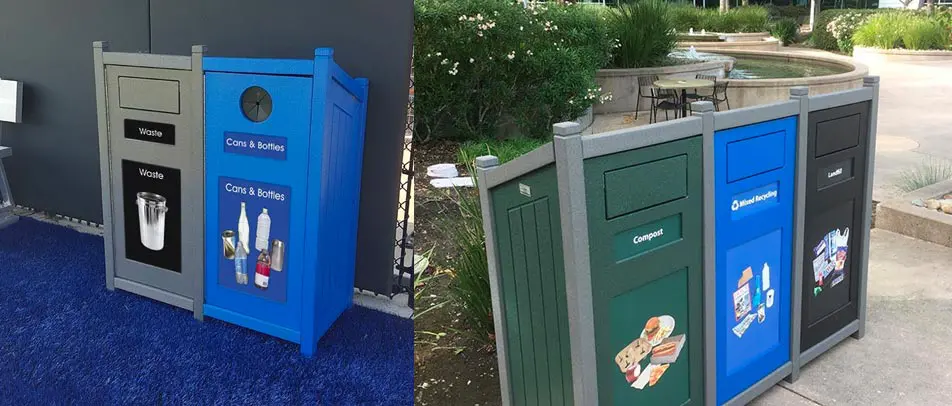
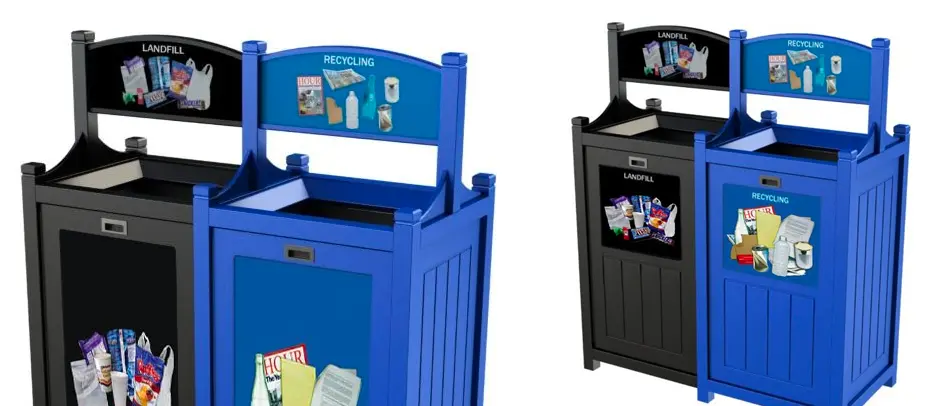


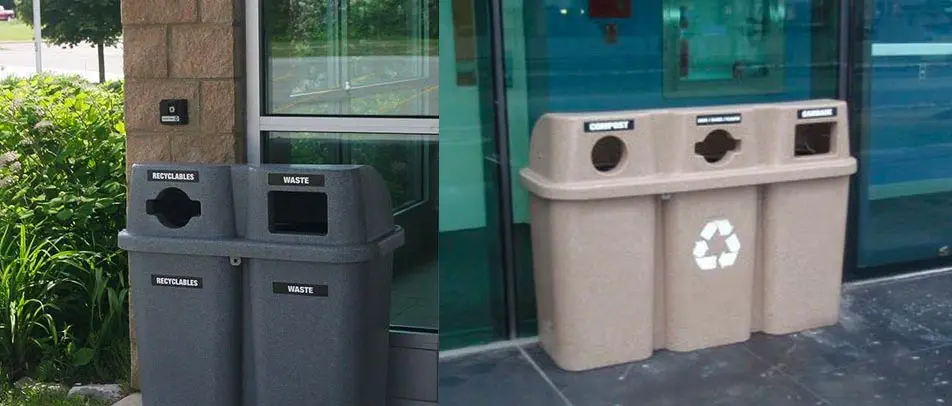
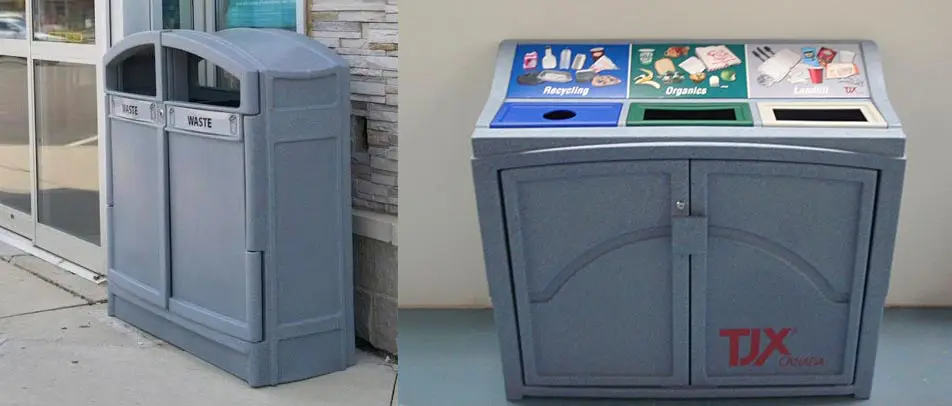
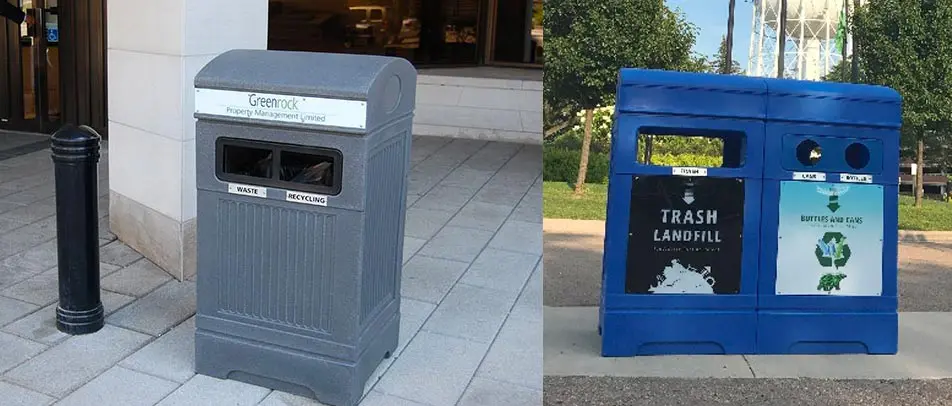
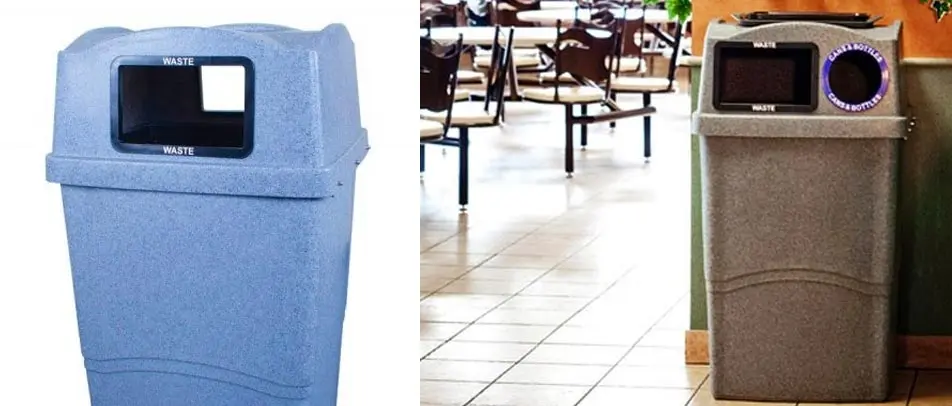
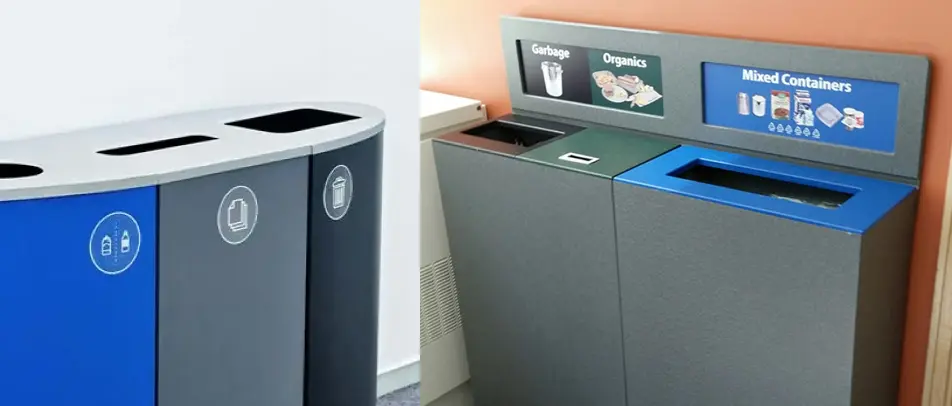
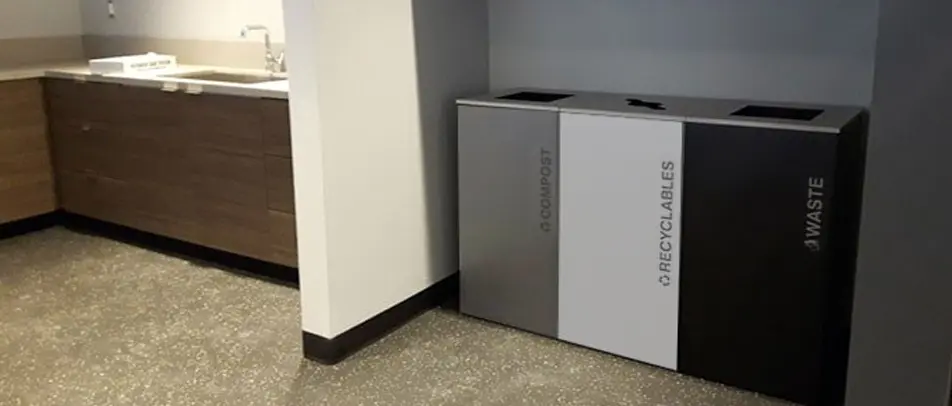
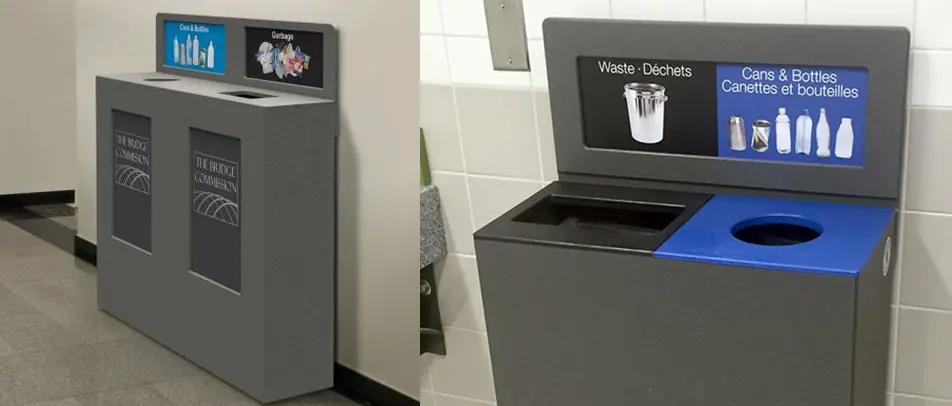
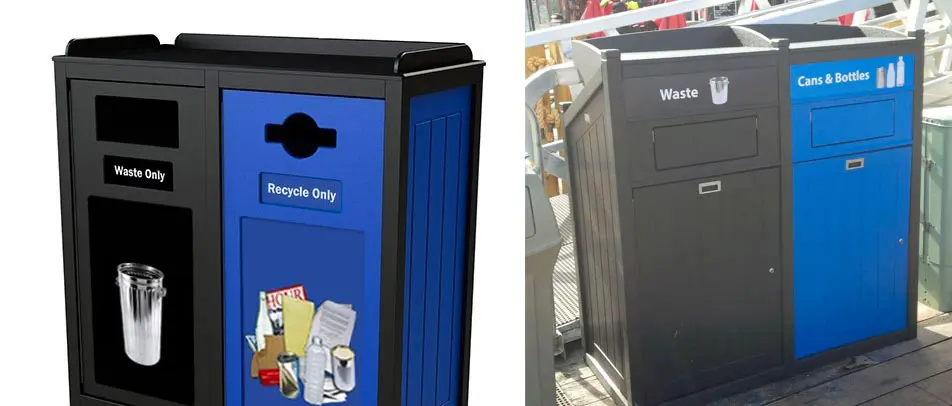





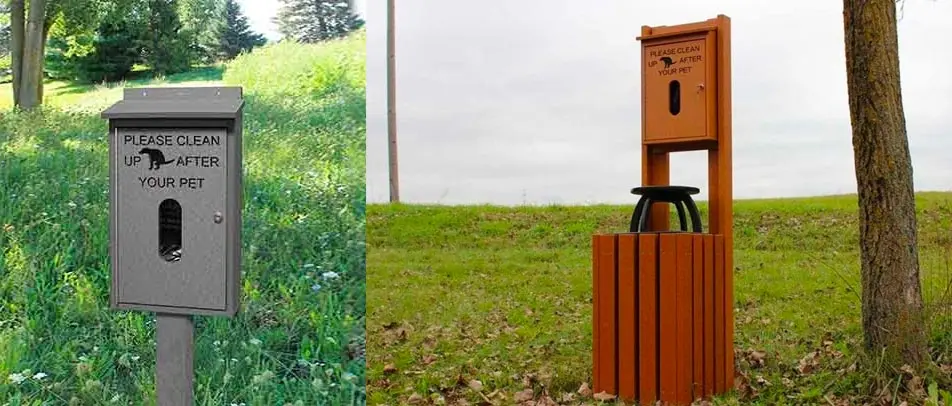

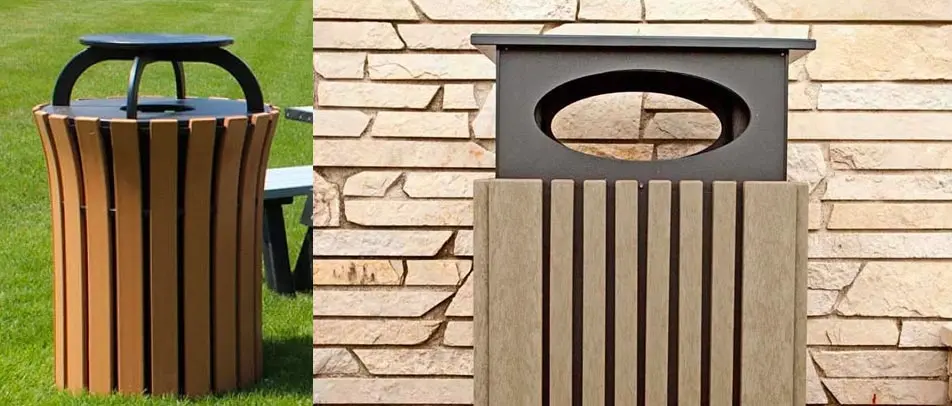


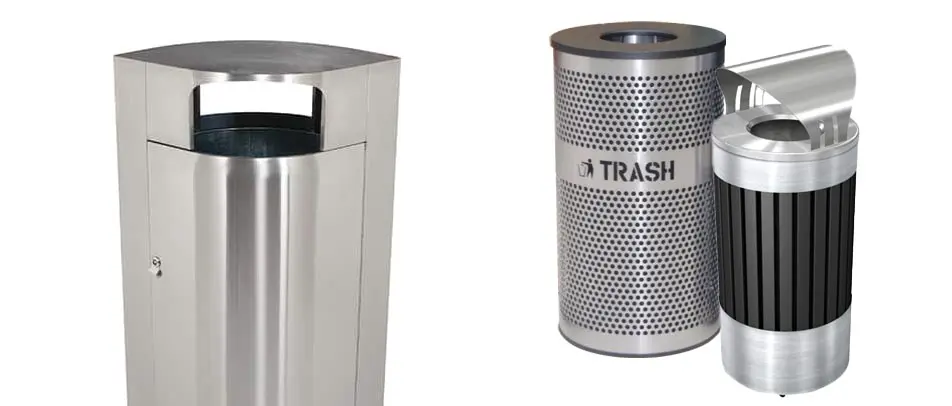

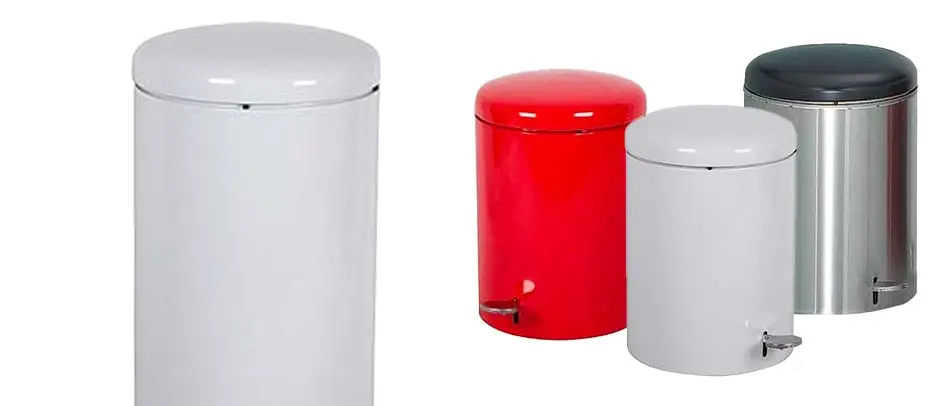





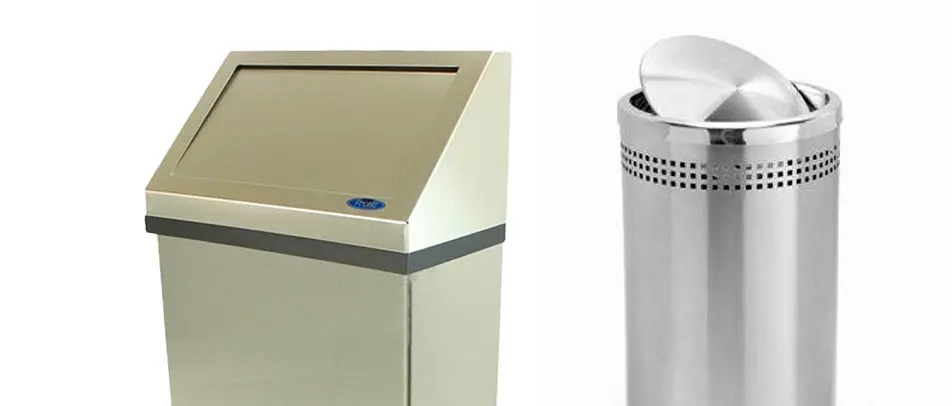

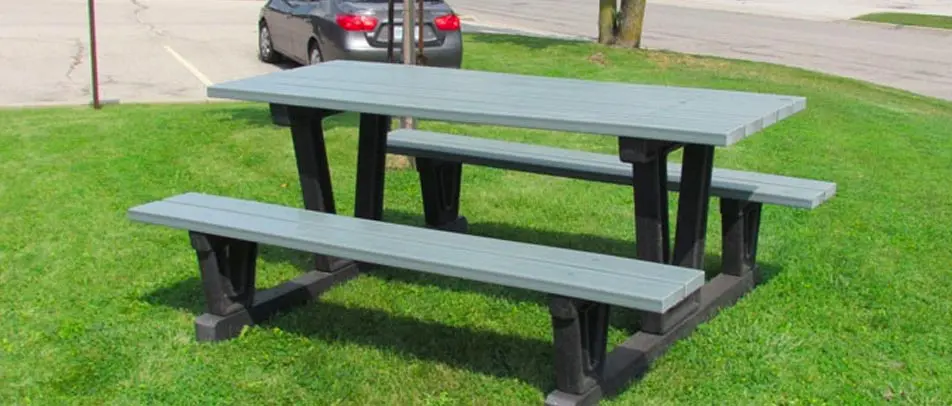





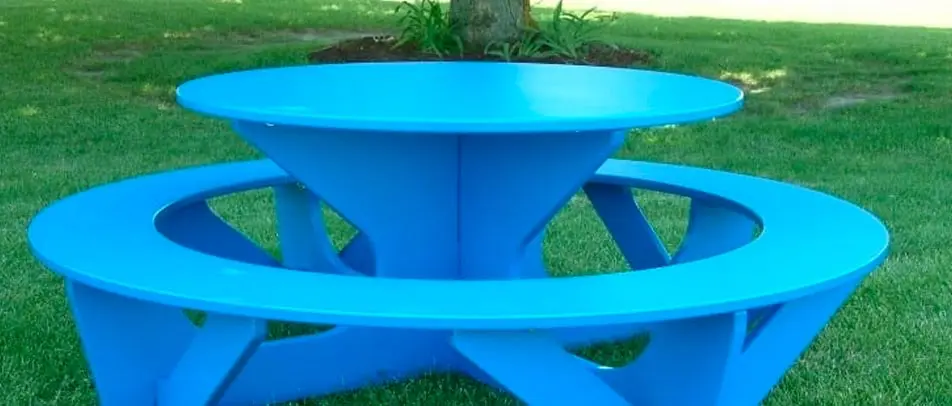
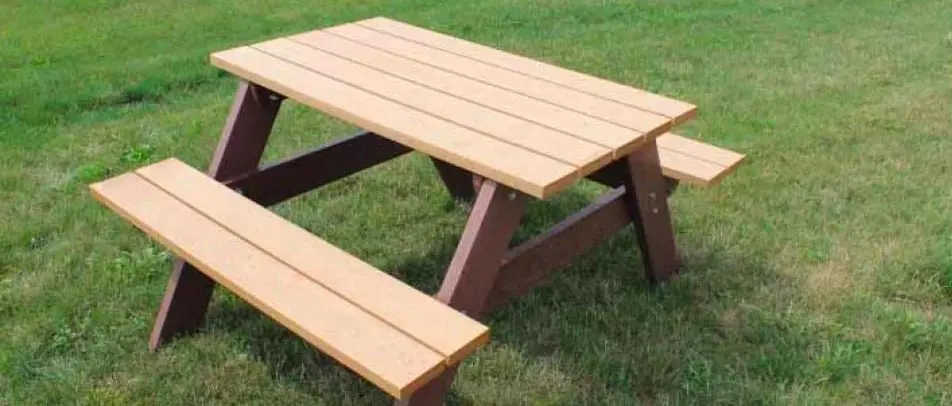
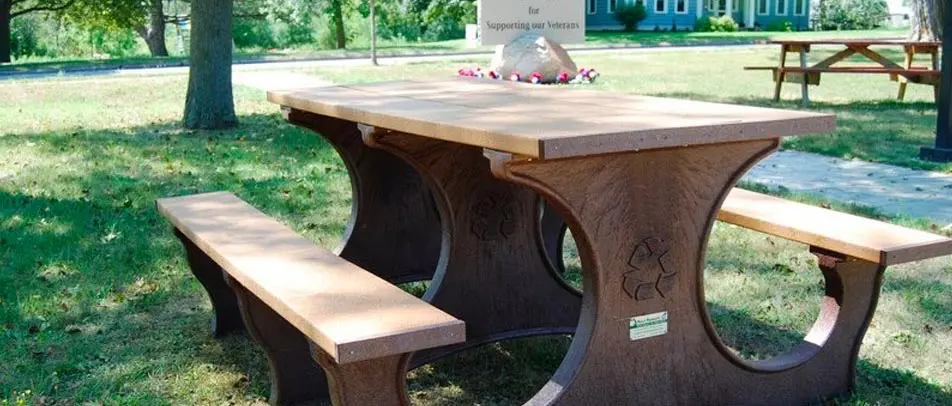
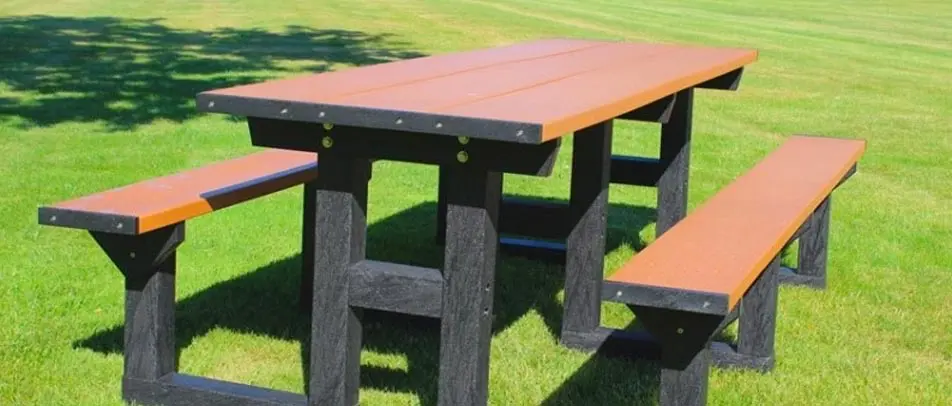

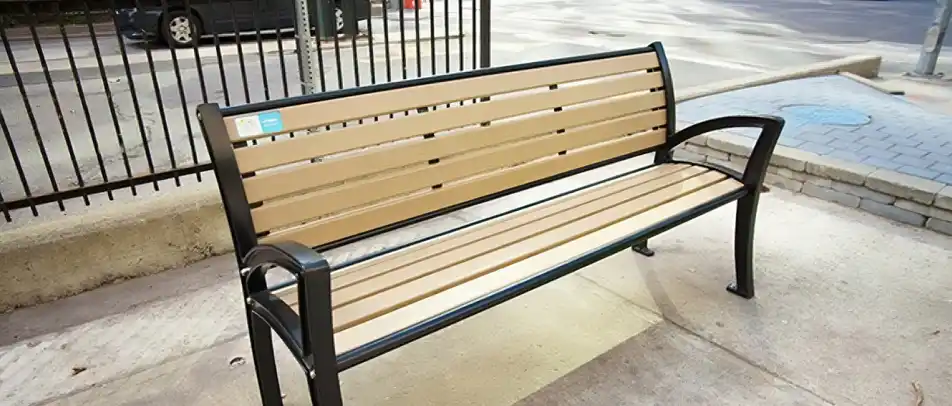

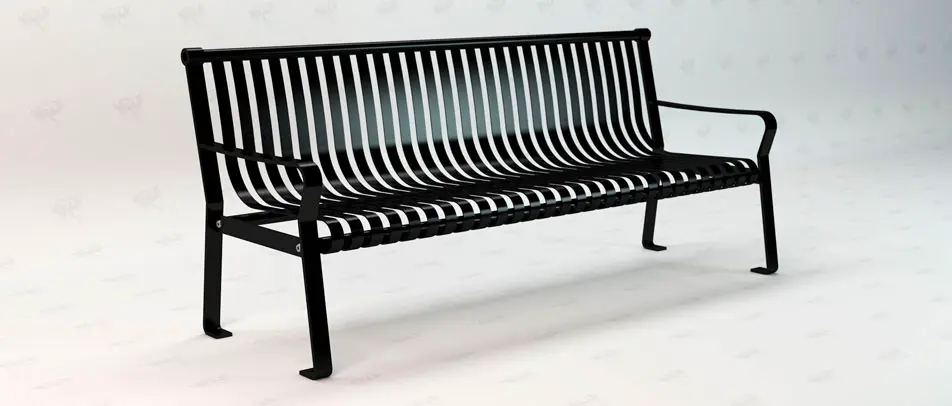
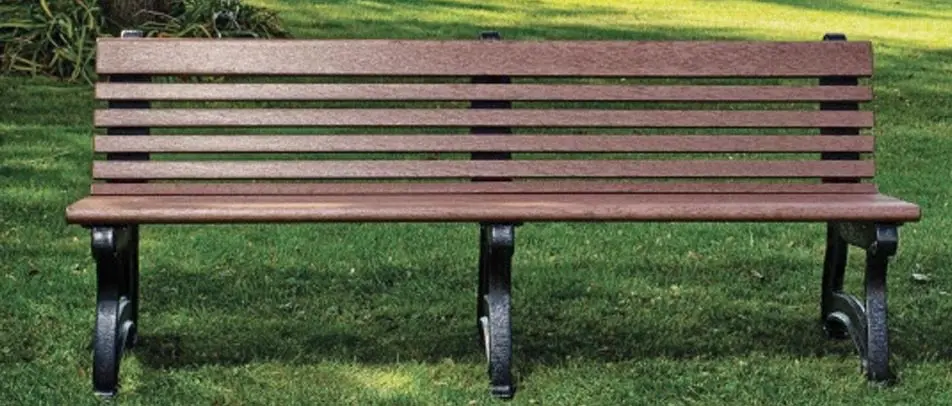
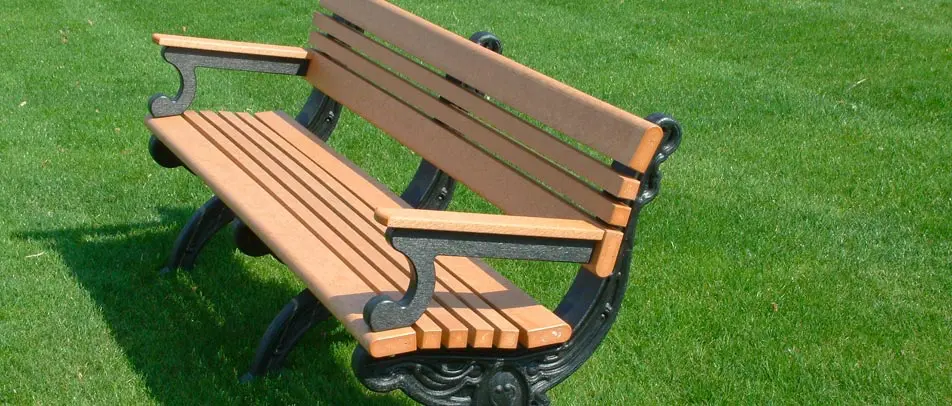
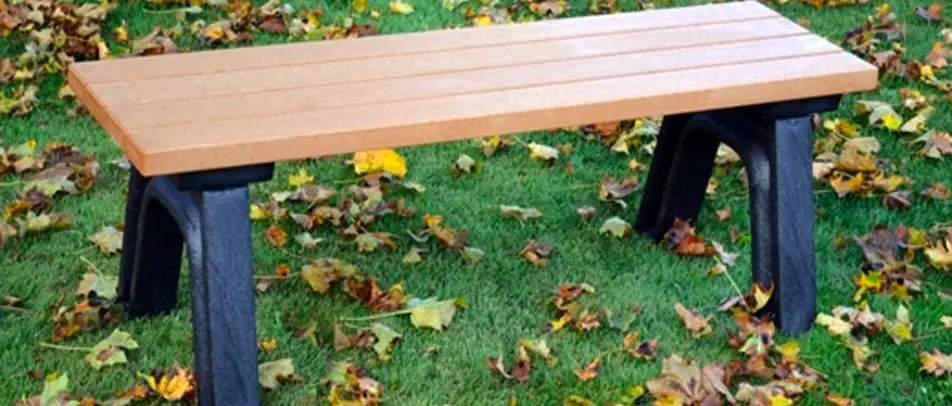
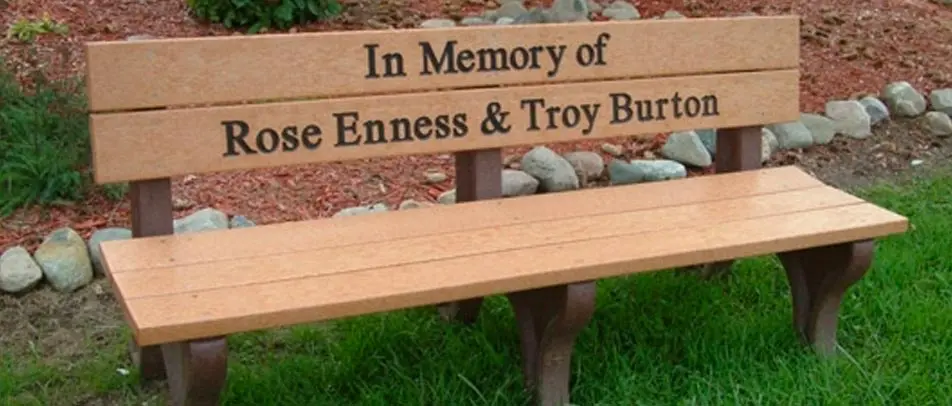



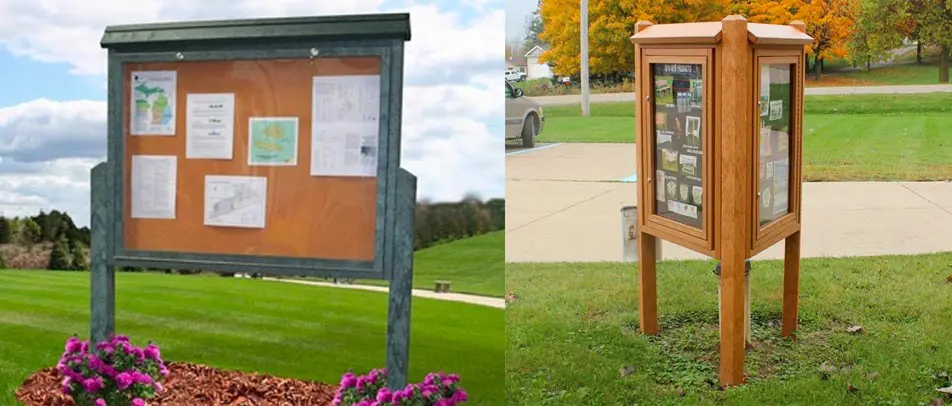
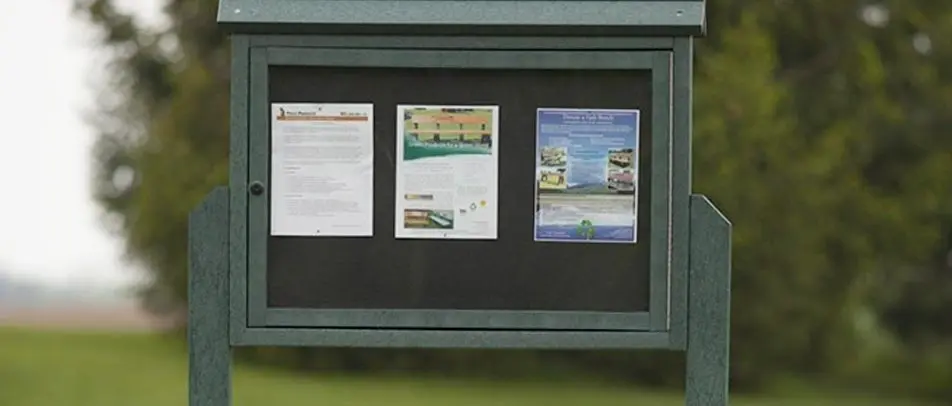
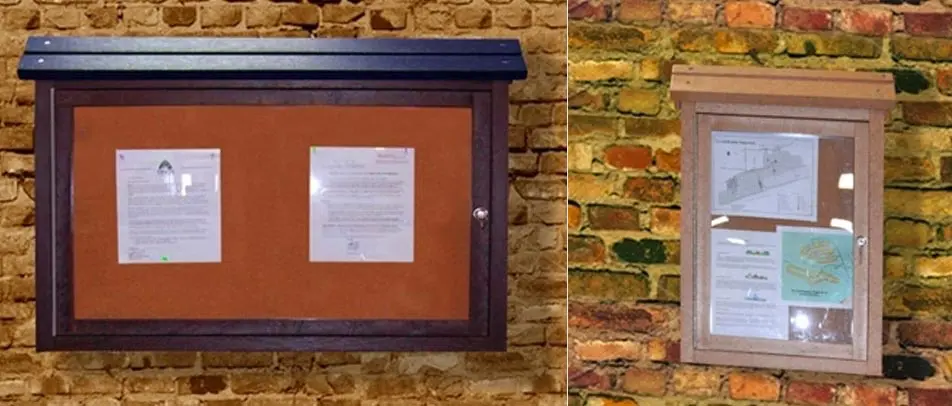


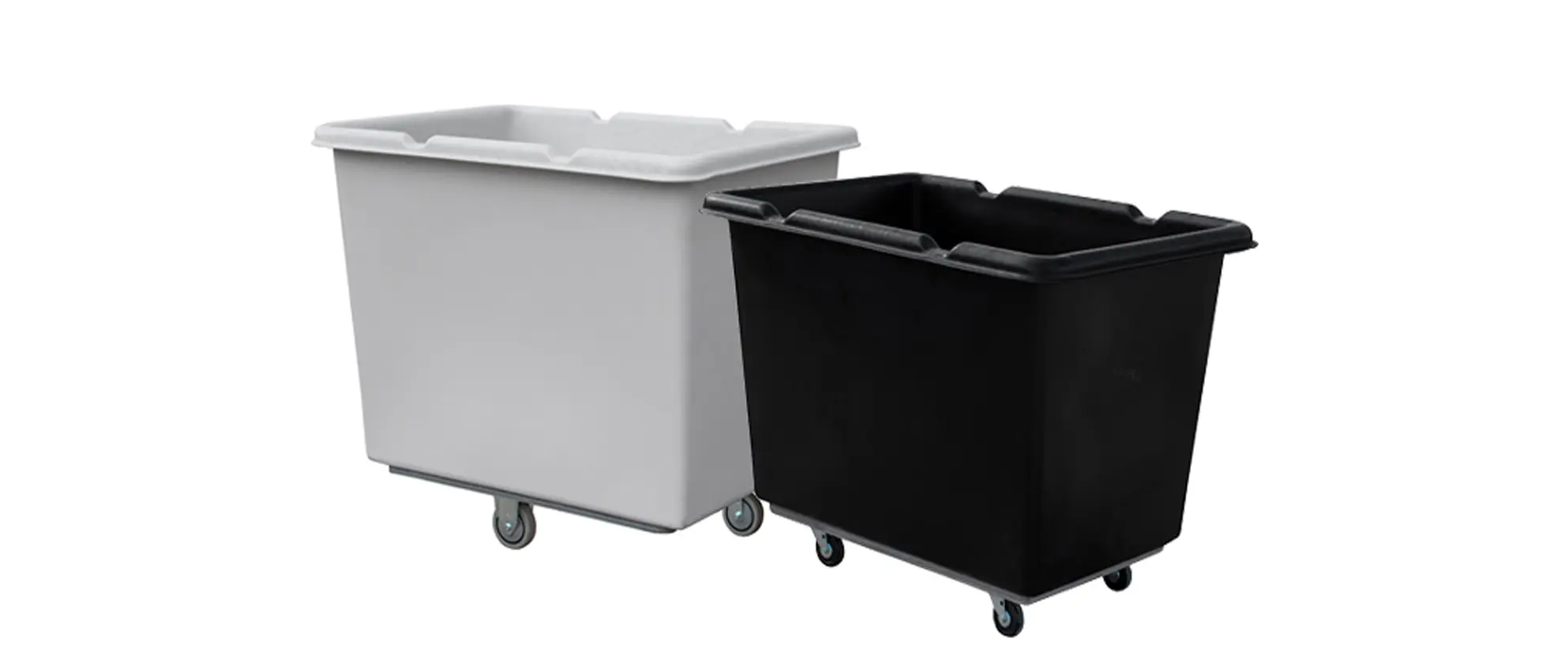




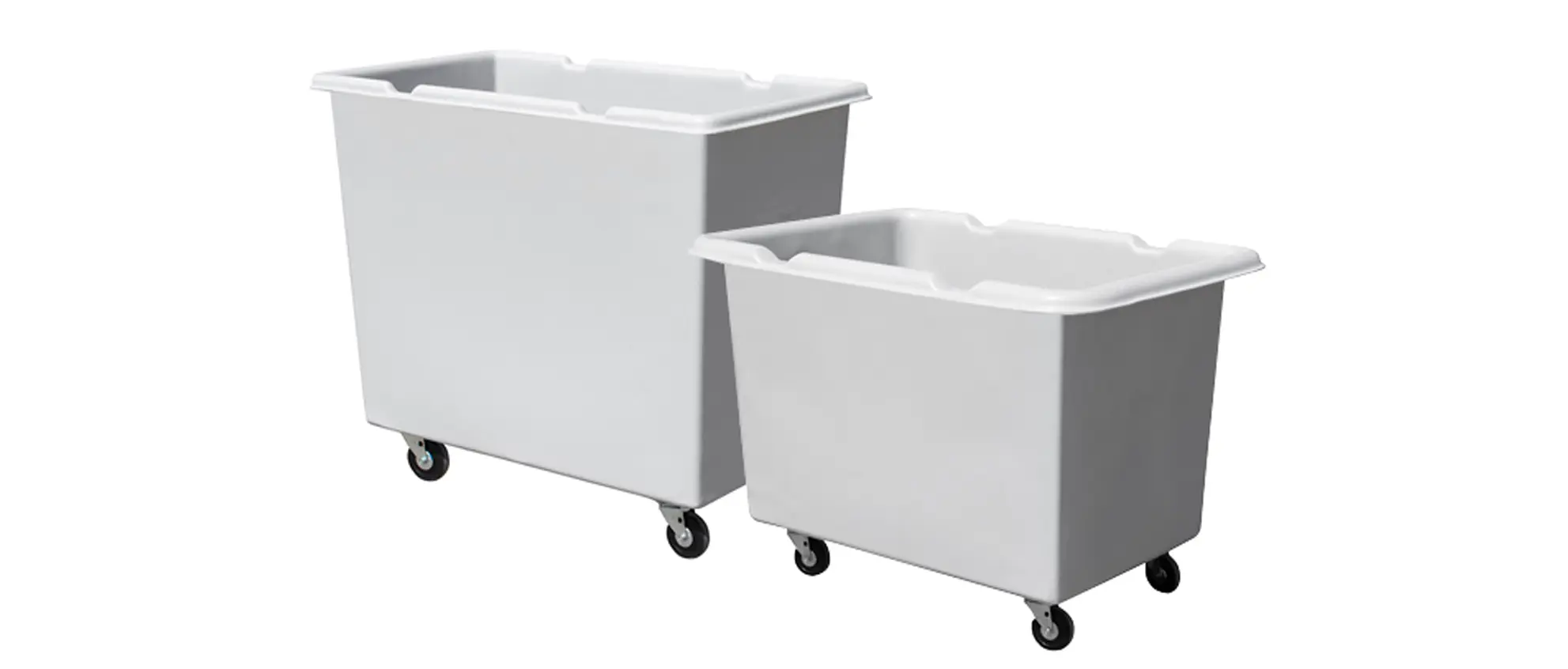


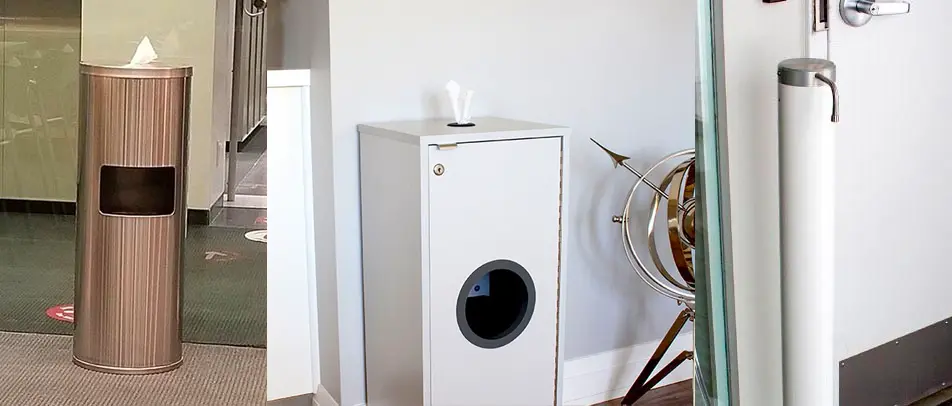




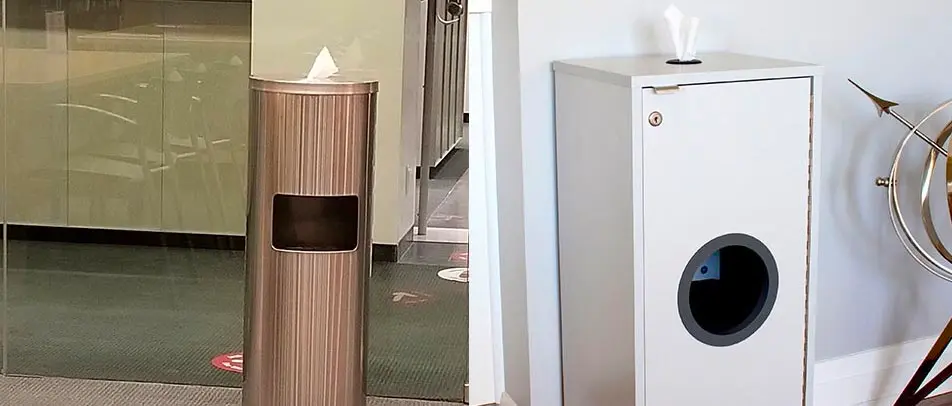


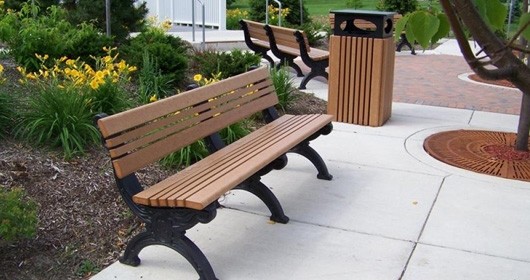 Park Benches: Three Unsuspecting and Unusual Uses
Park Benches: Three Unsuspecting and Unusual Uses 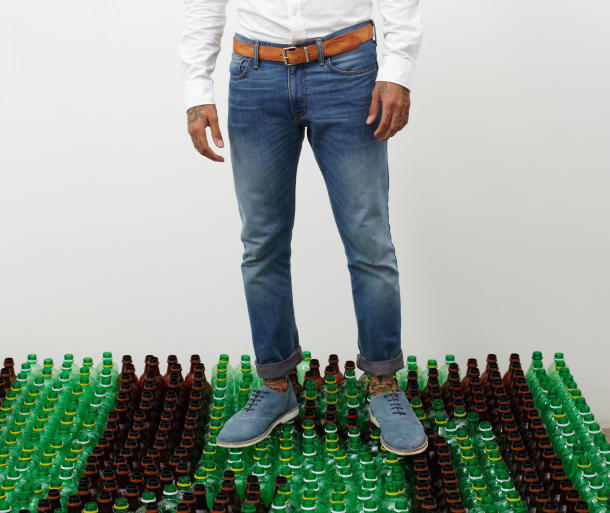 3 sustainable uses of recycled plastic
3 sustainable uses of recycled plastic 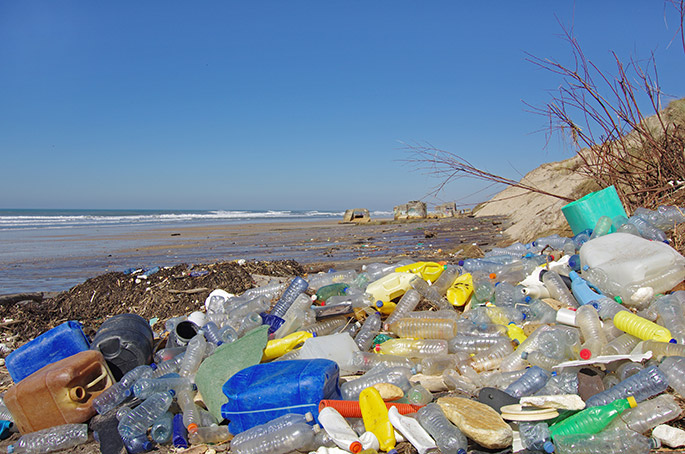 How can we curb plastic waste?
How can we curb plastic waste? 
